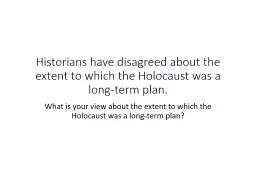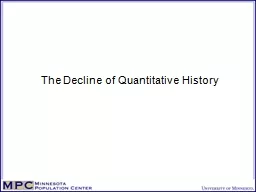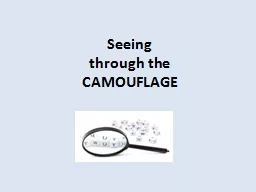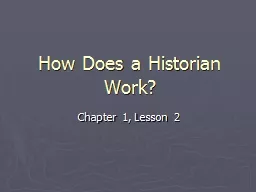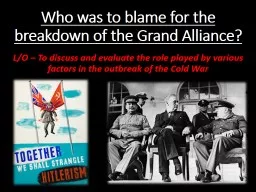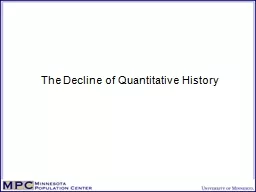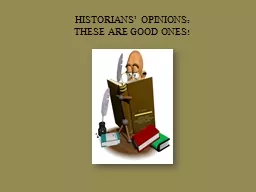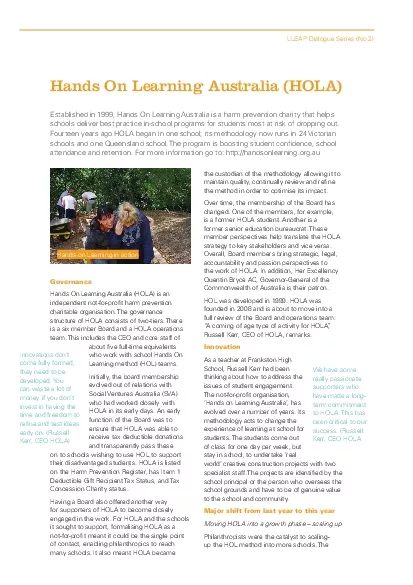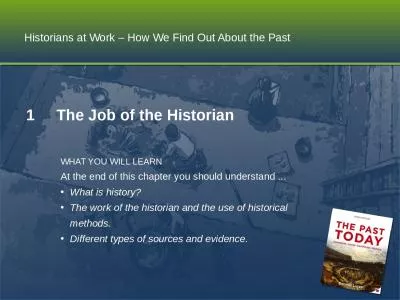PPT-Historians have disagreed about the extent to which the Hol
Author : tatyana-admore | Published Date : 2017-04-28
What is your view about the extent to which the Holocaust was a longterm plan What do you need to do With reference to three chosen works analyse the ways in
Presentation Embed Code
Download Presentation
Download Presentation The PPT/PDF document "Historians have disagreed about the exte..." is the property of its rightful owner. Permission is granted to download and print the materials on this website for personal, non-commercial use only, and to display it on your personal computer provided you do not modify the materials and that you retain all copyright notices contained in the materials. By downloading content from our website, you accept the terms of this agreement.
Historians have disagreed about the extent to which the Hol: Transcript
Download Rules Of Document
"Historians have disagreed about the extent to which the Hol"The content belongs to its owner. You may download and print it for personal use, without modification, and keep all copyright notices. By downloading, you agree to these terms.
Related Documents

